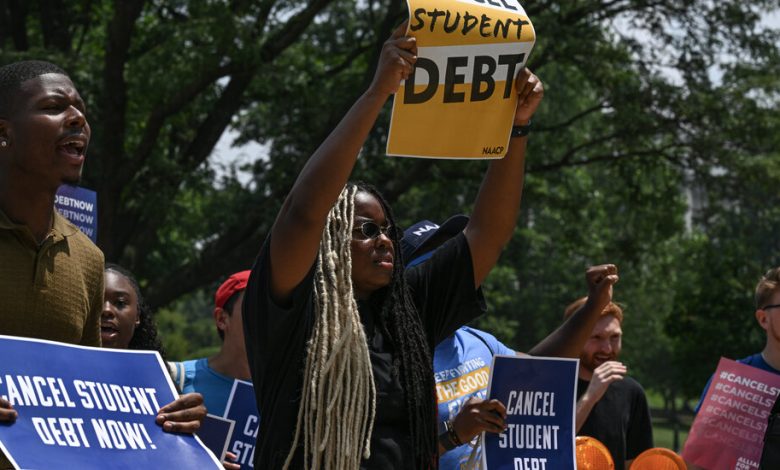Judges Upended Biden’s Student Loan Repayment Plan. What Happens Now?

President Biden’s new student loan repayment plan was hobbled on Monday after two federal judges in Kansas and Missouri issued separate rulings that temporarily blocked some of the plan’s benefits, leaving questions about its fate.
The preliminary injunctions, which suspend parts of the program known as SAVE, leave millions of borrowers in limbo until lawsuits filed by two groups of Republican-led states challenging the legality of the plan are decided.
That means the Biden administration cannot reduce borrowers’ monthly bills by as much as half starting July 1, as had been scheduled, and it must pause debt forgiveness to SAVE enrollees. The administration has canceled $5.5 billion in debt for more than 414,000 borrowers through the plan, which opened in August.
If you’re among the eight million borrowers making payments through SAVE — the Saving on a Valuable Education plan — you probably have many questions. Here’s what we know so far, though the Education Department has yet to release its official guidance.
Let’s back up for a minute. What does SAVE do?
Like the income-driven repayment plans that came before it, the SAVE program ties borrowers’ monthly payments to their income and household size. After payments are made for a certain period of years, generally 20 or 25, any remaining debt is canceled.
But the SAVE plan — which replaced the Revised Pay as You Earn program, or REPAYE — is more generous than its predecessor plans in several ways.
